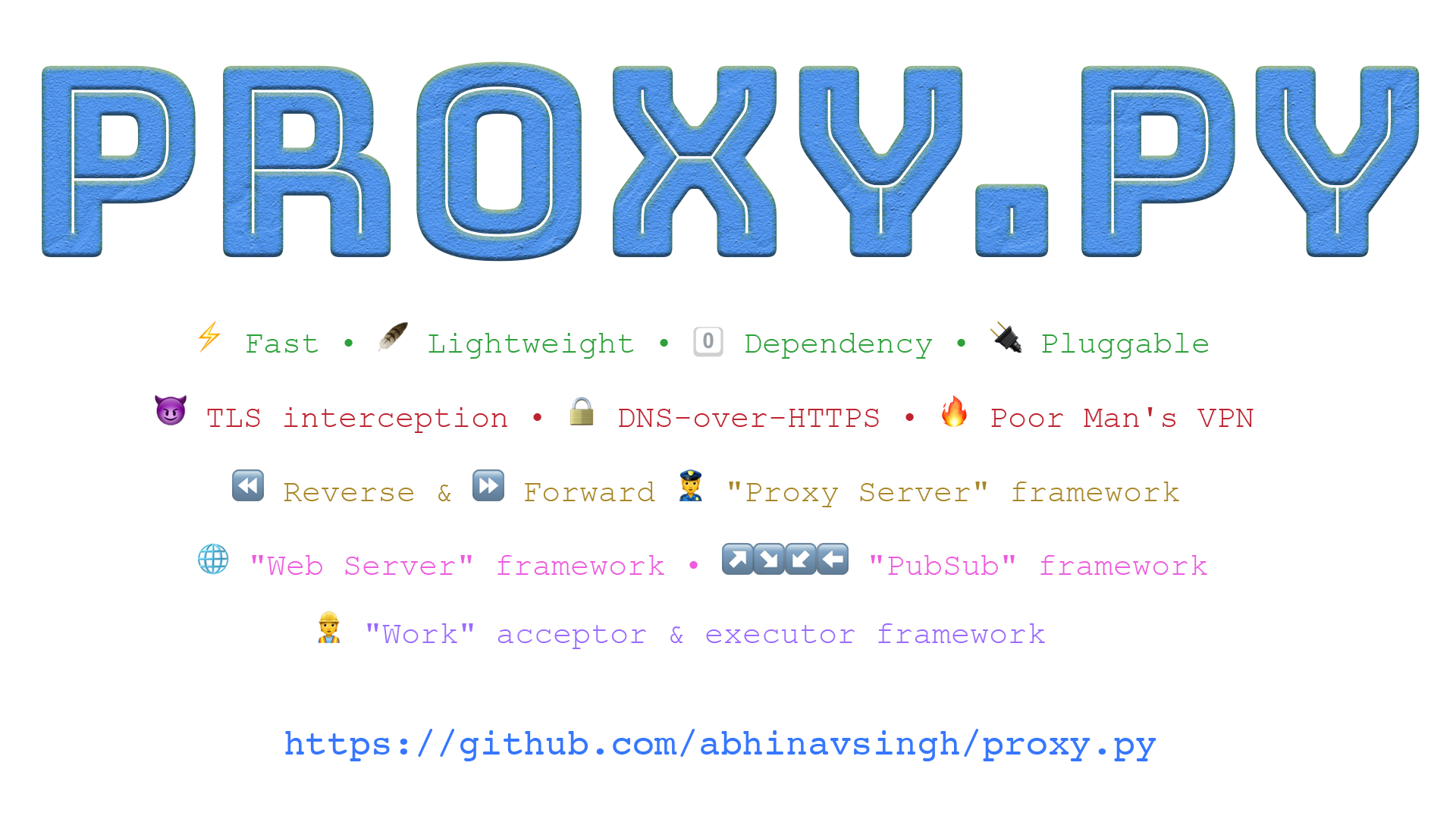DTCN
This is the implementation of our paper "Sequential Prediction of Social Media Popularity with Deep Temporal Context Networks".
Dataset
To successfully test performance, we created TPIC Dataset, a temporal popularity image collection dataset.
Overview
Our DTCN contains three main components, from embedding, learning to predicting. With a joint embedding network, we obtain a unified deep representation of multi-modal user-post data in a common embedding space. Then, based on the embedded data sequence over time, temporal context learning attempts to recurrently learn two adaptive temporal contexts for sequential popularity. Finally, a novel temporal attention is designed to predict new popularity (the popularity of a new user-post pair) with temporal coherence across multiple time-scales.
Environment
The code is pure python. Keras is chosen to be the deep learning library here. Environment is configured by Anaconda. The environment file is saved as "environment.yml".
- Ubuntu 16.04
- Python 2.7
- Cuda 10.0
- cudnn 7.6.5
Setup
conda env create -f environment.yml
Prequisition
- Clone the repository to your local machine
- Acquire relevant dataset
- Extract the image feature with ResNet (2048 dims)
- Run script by seeing example.
Usage
DATA_HOME=test_data/TRIM_DATA
KERAS_BACKEND=theano \
THEANO_FLAGS='mode=FAST_RUN,device=cuda0,nvcc.fastmath=True,optimizer=fast_run' \
python main.py \
-feature_path $DATA_HOME/USER_20W_SORTED_BY_TIME.txt \
-meta_path $DATA_HOME/ResNet_20W_2048_SORTED_BY_TIME.txt \
-label_path $DATA_HOME/LABEL_20W_SORTED_BY_TIME.txt \
-algorithm SHARED_DTCN \
-nb_epoch 1000 \
-start_cross_validation 2 \
-total_cross_validation 3 \
-identifier_path $DATA_HOME/USERID_20W_SORTED_BY_TIME.txt \
-timestamps_path $DATA_HOME/TIMESTAMP_20W_SORTED_BY_TIME.txt \
-visual_mlp_enabled y \
-timestep 10 \
-time_align y \
-time_dis_con continue \
-time_context_length 18 \
-time_unit_metric hour \
-discrete_time_start_offset 2 \
-discrete_time_unit 4 \
-train_set_partial 9 \
-merge_mode concat \
-dual_time_align n \
-time_weight_mode time_flag \
-dual_lstm n
Citation
@inproceedings{Wu2017DTCN,
title={Sequential Prediction of Social Media Popularity with Deep Temporal Context Networks},
author={Wu, Bo and Cheng, Wen-Huang and Zhang, Yongdong and Qiushi, Huang and Jintao, Li and Mei, Tao},
booktitle={IJCAI},
year={2017},
location = {Melbourne, Australia}}
Please concat us ([email protected]) if you have further questions or cooporations





